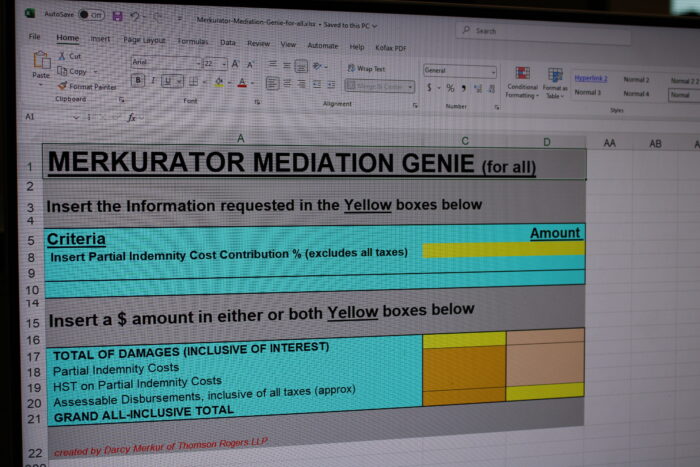What is a Tort Claim?
December 1, 2021

A tort claim is a lawsuit filed to claim compensation for the injuries a victim has suffered in an accident. Thus, when you hear people talk about personal injury lawsuits, they’re talking about pursuing a tort claim in Ontario.
What are the elements of a Tort Claim in Ontario?
There are four elements that must be proven in any tort claim:
- Duty of care – A person/entity (also called the tortfeasor) had a duty to the victim
- Breach of duty of care – They failed to discharge this duty adequately
- Causation – The victim suffered a traumatic accident as a result of the actions (or omissions) of the tortfeasor
- Injury – The victim suffered injuries because of the accident
Courts will consider numerous factors while deciding a tort claim. These may include assessing the standard of care from a reasonable person’s point of view; whether the injury/loss of property was foreseeable; if there were any contributing or mitigating factors.
If the accident is caused because of someone’s recklessness or negligence, it’s called a negligent tort. A negligent tort claim example is a car accident caused due to distracted driving.
| Limitation Period (How long you have to provide notice): In Ontario, a personal injury claim notice must be filed within two years of the accident occurring. In some cases, such as slip and fall, the limitation period is only 60 days. And if a municipal body is involved, you may only have 10 days to serve a formal notice. Learn more about time limits for making claims. |
Types of Tort Claims in Ontario
There are two types of tort claims in Ontario – intentional and unintentional.
Intentional Tort
An intentional tort occurs when the tortfeasor causes the harm deliberately. Given that there was mental intent to cause the tort, intentional torts are considered more severe and the person behind the tort may even be criminally liable.
Intentional tort claim examples include trespass, intentionally causing mental distress, and assault (including sexual assault).
Unintentional Tort
An unintentional tort is borne out of negligence; that is, someone’s unintentional failure to satisfy the duty of care they owe to the victim.
Some tort claim examples would be a person failing to clear the parking lot of ice and causing a slip and fall accident; a driver parking along a blind curve in the road and causing a collision with another vehicle driving by; or a pet owner handling their dog improperly, leading to a passer-by getting attacked.
| Learn More About Tort Claims in Ontario: How to Make a Tort ClaimTort Claim and Accident Benefits ClaimWatch Now: The Interplay Between Tort and AB Claims |
Tort Claims vs. criminal charges
Tort claims are part of civil law, not criminal law. That means the victim brings a civil suit against the tortfeasor claiming compensation (or other appropriate damages), not seeking jail time. If the tort claim is successful, the defendant may be ordered to make a tort claim payout in favour of the victim.
Criminal law charges can only be brought by the Trial Crown Attorney (“the Crown” or “prosecutor”). If the prosecution is successful, the defendant may face imprisonment and/or financial penalties, which may be paid to the Treasury or a special victims fund.
What damages can you seek in a Tort Claim?
A tort claim for a traumatic injury (personal injury lawsuit) is a claim for damages. Thus, the main aim of the lawsuit is to indemnify the victim for the traumatic accident and the injuries they have suffered.
Unlike insurance claims, which are limited in scope, a tort claim lets victims claim compensation for the real loss they have suffered and the suffering they have undergone.
A tort claim payout may be decided in one of two ways:
- Settlement – Both parties agree to a tort claim payout and other terms of the settlement before the final judgment; or
- Trial – Upon determination of the merits of the case by the judge or jury.
Should you pursue a Tort Claim for your traumatic accident and serious injury?
Traumatic accidents can cause significant physical, mental and emotional harm, and compensation from the insurance company rarely indemnifies the victim adequately. It’s why many victims choose to pursue a personal injury lawsuit against the party at fault.
Who can file a tort claim? Claims are usually filed by the victim unless they are a minor (under 18 years of age) or unable to file the claim themselves. In the event of the victim’s death after the accident, the claim can be filed by a loved one or close family member.
Talk to experienced trauma lawyers today to understand your options and whether a personal injury lawsuit will help you receive the compensation you are entitled to.
For Thomson Rogers updates please subscribe to our email list here.
Share this






